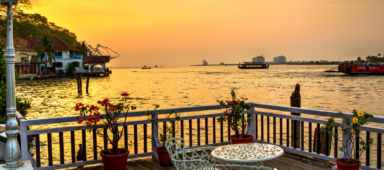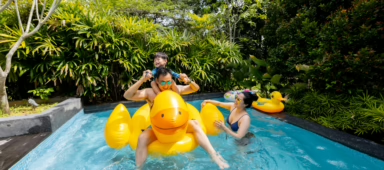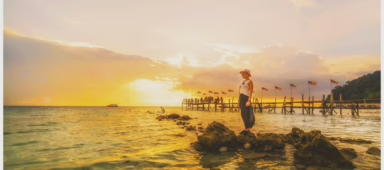A truly extraordinary hotel can turn a regular holiday in Tokyo into an unforgettable immersion in Japanese culture. Here, we’ve mapped three standout examples of unique accommodations that take you straight to the heart of this endlessly intriguing capital
It’s not always easy to crack Tokyo. Navigating the world’s largest city – a heady mix of futuristic design and technology, pop culture, age-old traditions and over 200 Michelin-starred restaurants – can be overwhelming to say the least, more so if you’ve touched down for the first time.
Luckily, a growing number of hotels are styling themselves as more than just a place to rest your head, but as an integral, tone-setting part of the experience. Whether you’re interested in history, design and architecture, food or sumo-wrestling, these unique properties offer stays that are in themselves a satisfying deep-dive into Japanese culture.
The Okura: the storied, grand hotel
Every major destination has at least one beloved landmark that captures the vibe of a whole era and presents a defining element to its personality. If you want to understand a city’s aspirations, make a beeline for its grandest, most luxurious digs.
Tokyo has dozens of these, but mention The Okura and the Japanese will immediately visualise the grand hotel in the heart of Tokyo lauded for its design and architecture.
The Okura first opened in 1962, two years ahead of the 1964 Tokyo Olympics. The Summer Games was a celebration of Japan’s post-war renaissance, and the global spotlight was on all the incredible strides the country had made, particularly in technology. It was the first time the Games were broadcast internationally live via satellite. Ten days before the official opening, Japan launched the Shinkansen, its legendary bullet train.
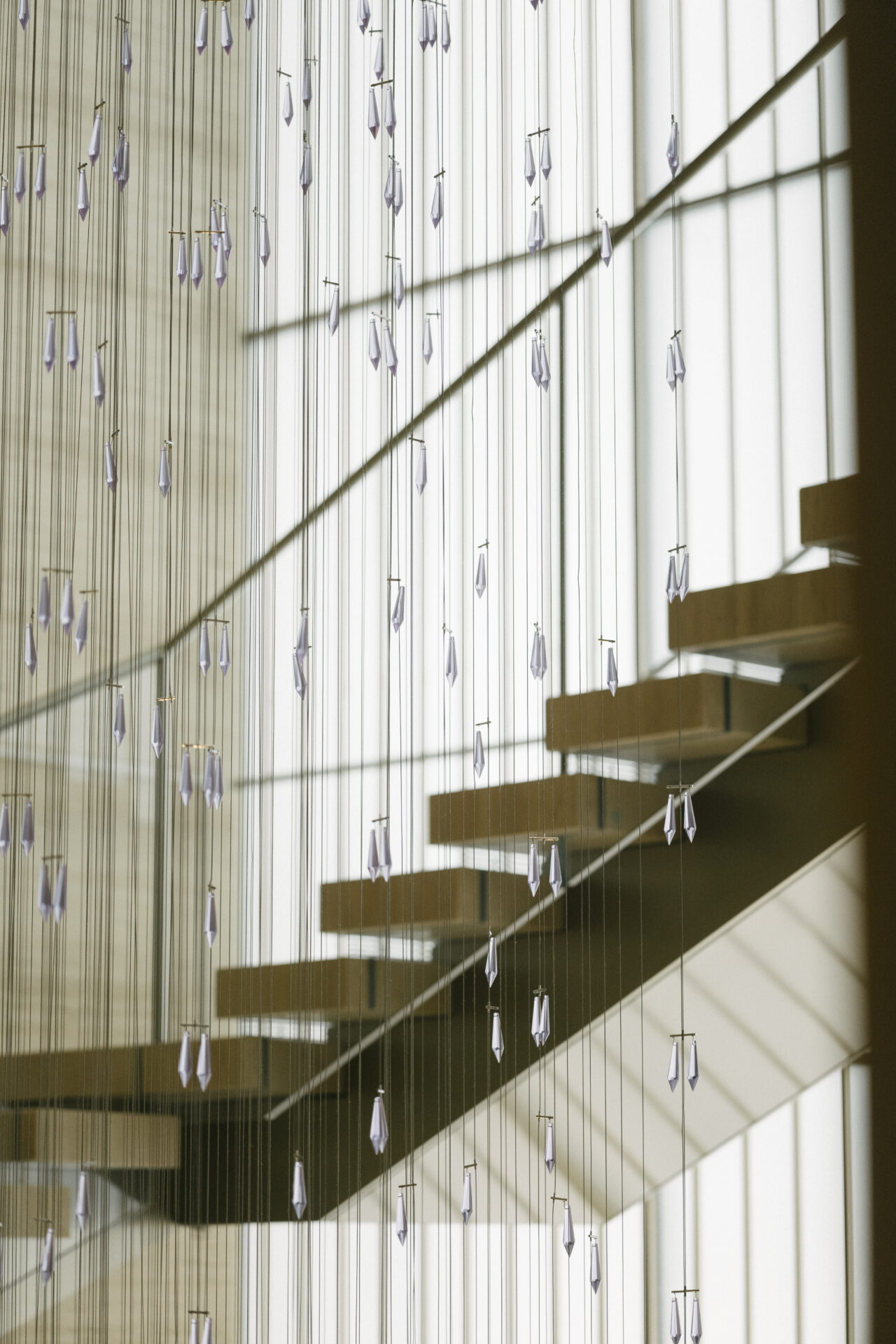 The Okura fit right into this new scene. The hotel was modern, fresh and distinctly Japanese. Its iconic lobby, designed by Yoshiro Taniguchi, grand but understated, featured a soaring ceiling and traditional design elements such as lacquered tables and chairs arranged to resemble cherry blossoms. It was a giant leap into the future, and it was considered as the example of Japanese modernist architecture.
The Okura fit right into this new scene. The hotel was modern, fresh and distinctly Japanese. Its iconic lobby, designed by Yoshiro Taniguchi, grand but understated, featured a soaring ceiling and traditional design elements such as lacquered tables and chairs arranged to resemble cherry blossoms. It was a giant leap into the future, and it was considered as the example of Japanese modernist architecture.
Since then, the hotel has been the capital’s meeting place du jour, hosting countless historic state banquets and gatherings. Its guest book reads like a who’s who of the last half century, listing the Japanese Imperial Family, visiting foreign dignitaries and global celebrities – real or imagined (James Bond stayed here in 1967’s You Only Live Twice).
When the hotel embarked on a full rebuild to modernise the structure in 2015, patrons, designers and architects alike were on edge. Many lamented the end of an era, the loss of an architectural icon, in particular the revered hotel lobby.
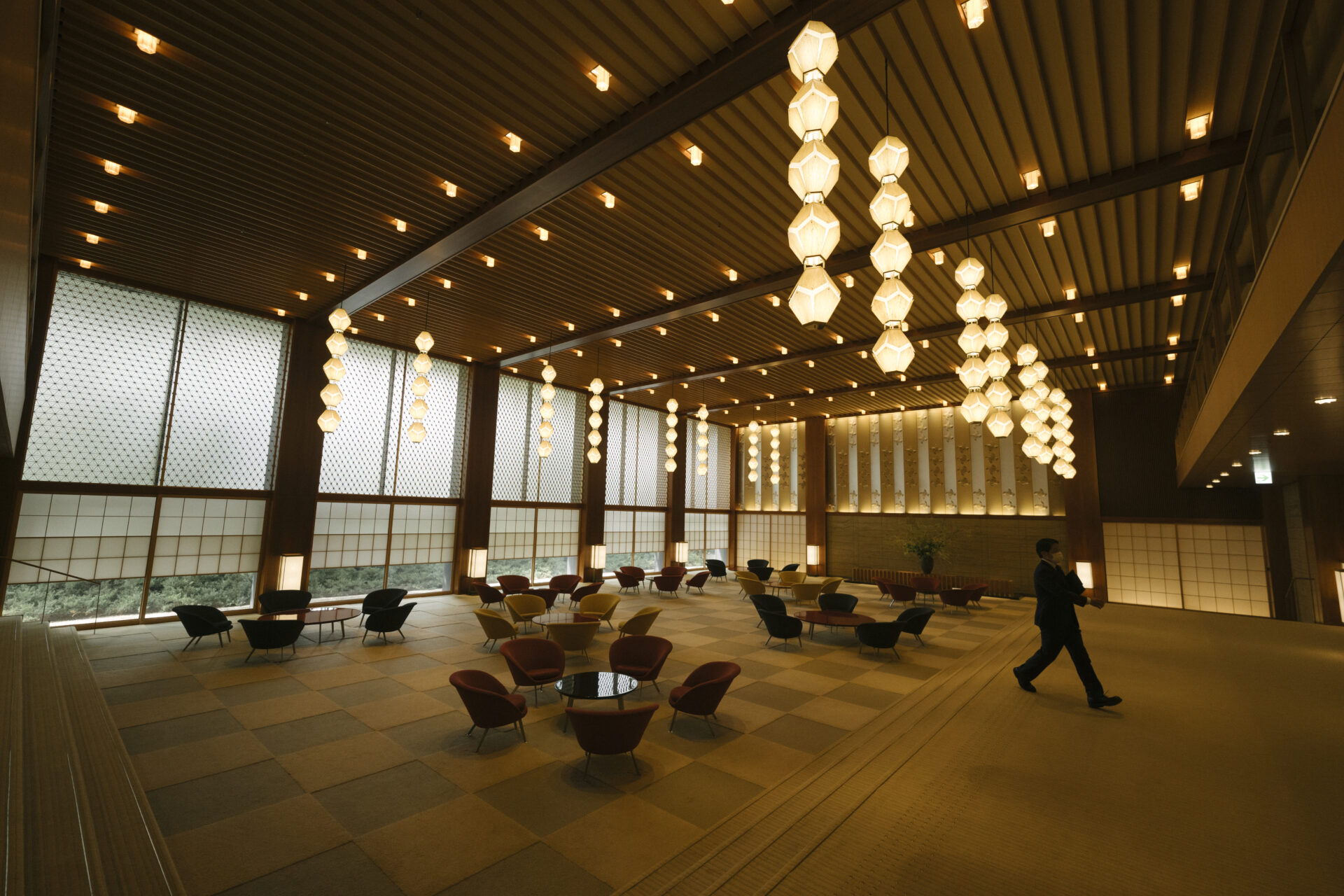
In the end, there was no need to fret. The Okura Tokyo reopened in 2019 to rave reviews. With painstaking precision, a team of designers and architects headed by Yoshio Taniguchi (son of the original architect), had rebuilt the lobby in its entirety, now housed inside the soaring Prestige Tower. It’s such a faithful reproduction that some patrons think they are standing inside the original.
The renovated hotel – with 508 guest rooms across two main buildings – is both at the apex of modernity and a nostalgic homage to its former self. “The design of the building has always been integral to the experience of staying at The Okura,” explains Kaori Wakui from The Okura Tokyo’s Marketing department. “People come from all around to gaze at our interior designs.” theokuratokyo.jp/en (The Okura Prestige Tower Lobby Symbolic Design Tour, exclusive to hotel guests, costs ¥1,500 per person. Reservations need to be made three days in advance. The tour lasts approximately 45 minutes.)
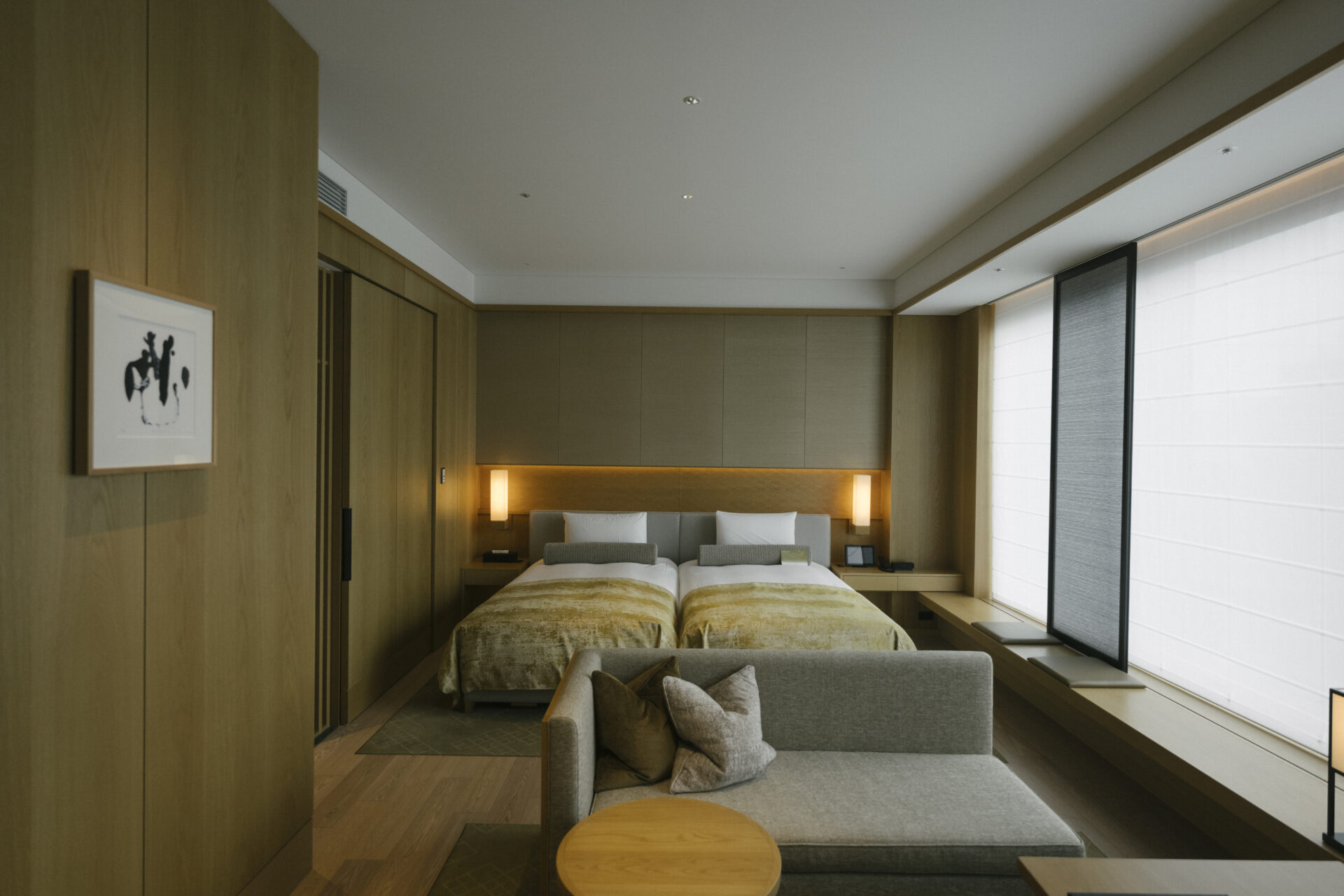
Auberge Tokito: the delicious little almost-secret
At the other end of the spectrum, there’s the intimate, impossibly understated affair born of personal passion. Among Tokyo’s new hotels, none have created more buzz than Auberge Tokito when it opened its doors in Tachikawa, one of Tokyo’s leafy western suburbs, in April 2023. Located 36km west of The Okura, it’s built on the former site of a century-old ryotei, a type of traditional restaurant that in the olden days so exclusive some would only accept customers by referral.
Tokito embraces the original French concept of an auberge – a small restaurant with some lodging – more ardently than other similar establishments in the city. But where the French version usually prioritises the food, with accommodations as an afterthought, Tokito has crafted rooms (all four of them) that are on par with the dining experience. Celebrated architect Shinichiro Ogata created its exquisite grounds and interiors, blending traditional ryokan elements with a modern, minimalist design. Each room comes complete with a private hot spring onsen bath, a spa treatment area and NASA-certified Tempur beds – all to help you decompress and unwind in the hours before dinner.
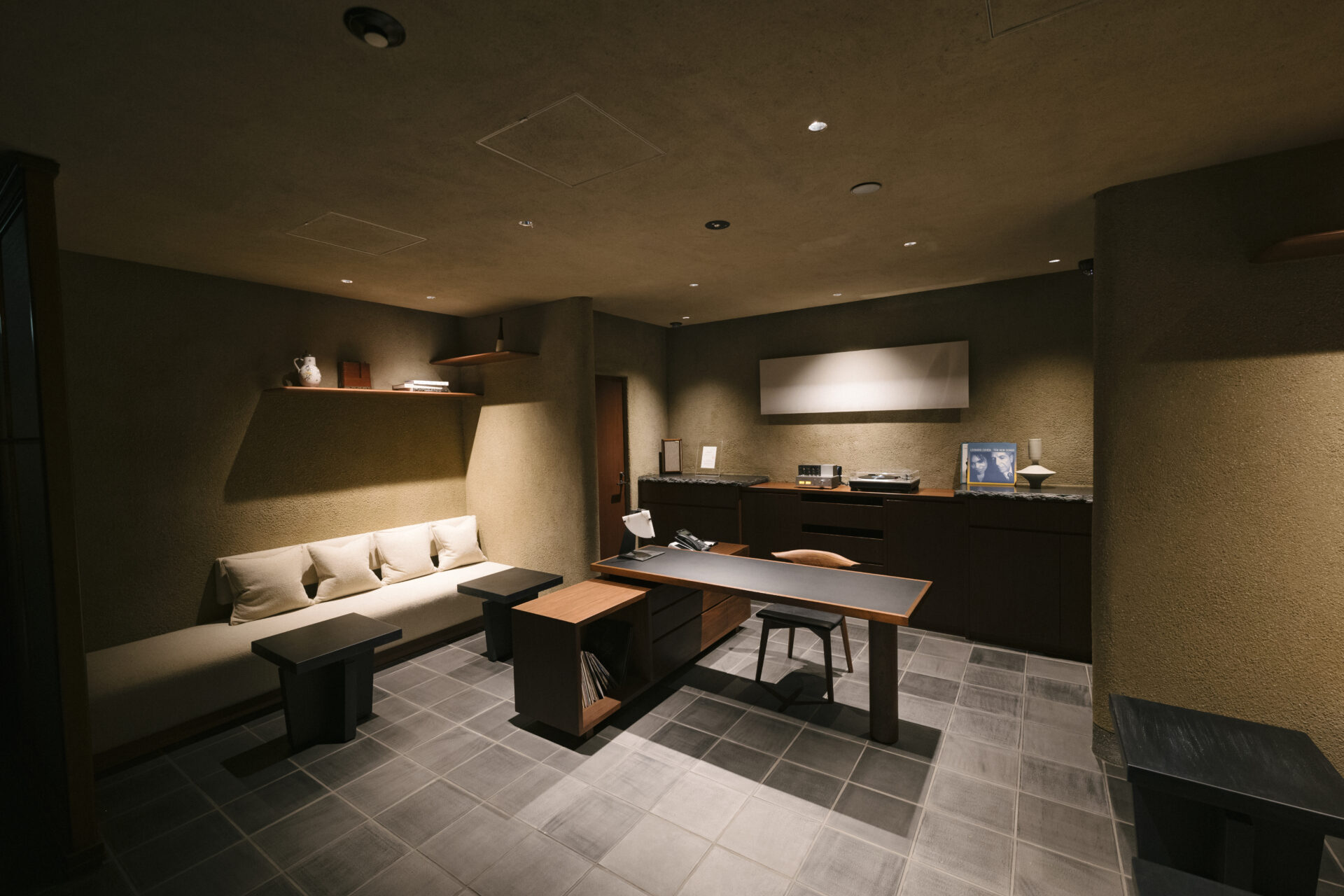 What sets Tokito apart is its stellar cast of in-house chefs boasting a constellation of Michelin stars. The team is led by the world-renowned chef Yoshinori Ishii, known for his work in Geneva, New York and in London’s UMU kaiseki (a traditional multi-course Japanese dinner) restaurant – the first Japanese restaurant in Europe to receive two Michelin stars in 2015. He works alongside another Michelin-starred chef, Kenji Okawara, a friend and colleague he trained with during his formative years in Kyoto.
What sets Tokito apart is its stellar cast of in-house chefs boasting a constellation of Michelin stars. The team is led by the world-renowned chef Yoshinori Ishii, known for his work in Geneva, New York and in London’s UMU kaiseki (a traditional multi-course Japanese dinner) restaurant – the first Japanese restaurant in Europe to receive two Michelin stars in 2015. He works alongside another Michelin-starred chef, Kenji Okawara, a friend and colleague he trained with during his formative years in Kyoto.
“We are all creators working at the top of our game, pushing each other and collaborating to heighten the experience for our guests,” explains Ishii. “This is what makes Auberge Tokito so special. Everyone who works here, whether in the kitchen or outside, is a consummate professional.”
Dinner begins at 7pm sharp in the Shokubo restaurant. Although the restaurant is also open for other customers, Tokito’s guests are seated separately at an exclusive counter – the Japanese equivalent of the chef’s table. When everyone is seated, the courses start to appear: 12 to 14 exquisitely prepared dishes in total. Whether it’s a tuna with fond de veau, or a delicately arranged dish of scallops with ujio seasoning, all the dishes use the finest seasonal ingredients sourced from the top producers across Japan. All are handpicked by Ishii himself.
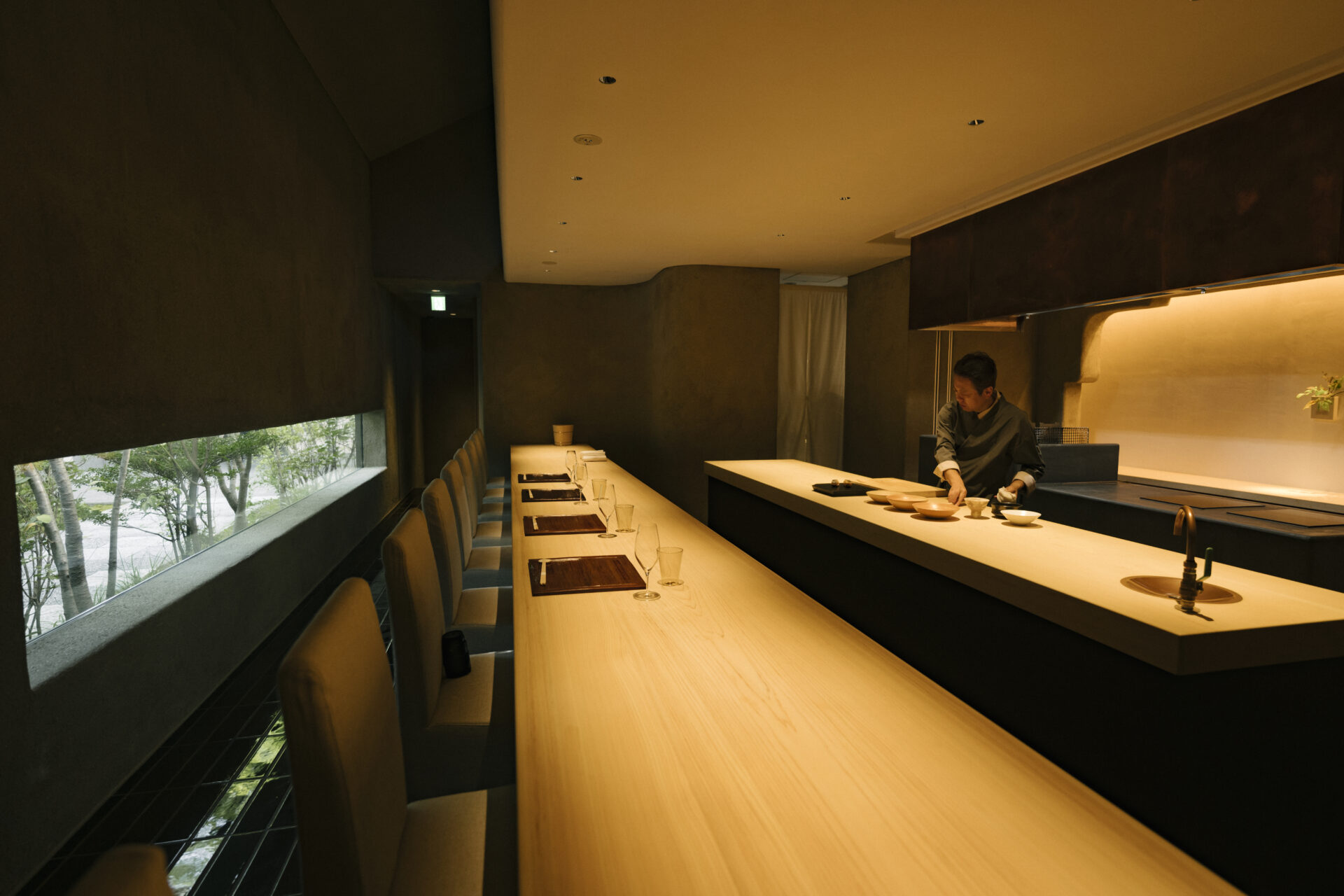 A stay at the Auberge is to witness where Japanese cuisine in Tokyo is heading. Although Ishii, Okawara and the sous-chef all trained in Kyoto, they believe the key to upholding a tradition is found in evolution rather than preservation.
A stay at the Auberge is to witness where Japanese cuisine in Tokyo is heading. Although Ishii, Okawara and the sous-chef all trained in Kyoto, they believe the key to upholding a tradition is found in evolution rather than preservation.
“For example, Japanese fishing boats need to head farther out to sea to source the bonito we use in dashi stock,” explains Ishii, who enjoys travelling around the country to meet producers and fishermen. “When I went to Hokkaido, I came across a fish called the oku-kajika that was being landed but mostly left unsold. It was a perfectly good fish, so we worked with the local fishery to develop a stock from oku-kajika that we can use like bonito. We always try to discover the best way to cook in the world we live in today.” aubergetokito.com/en
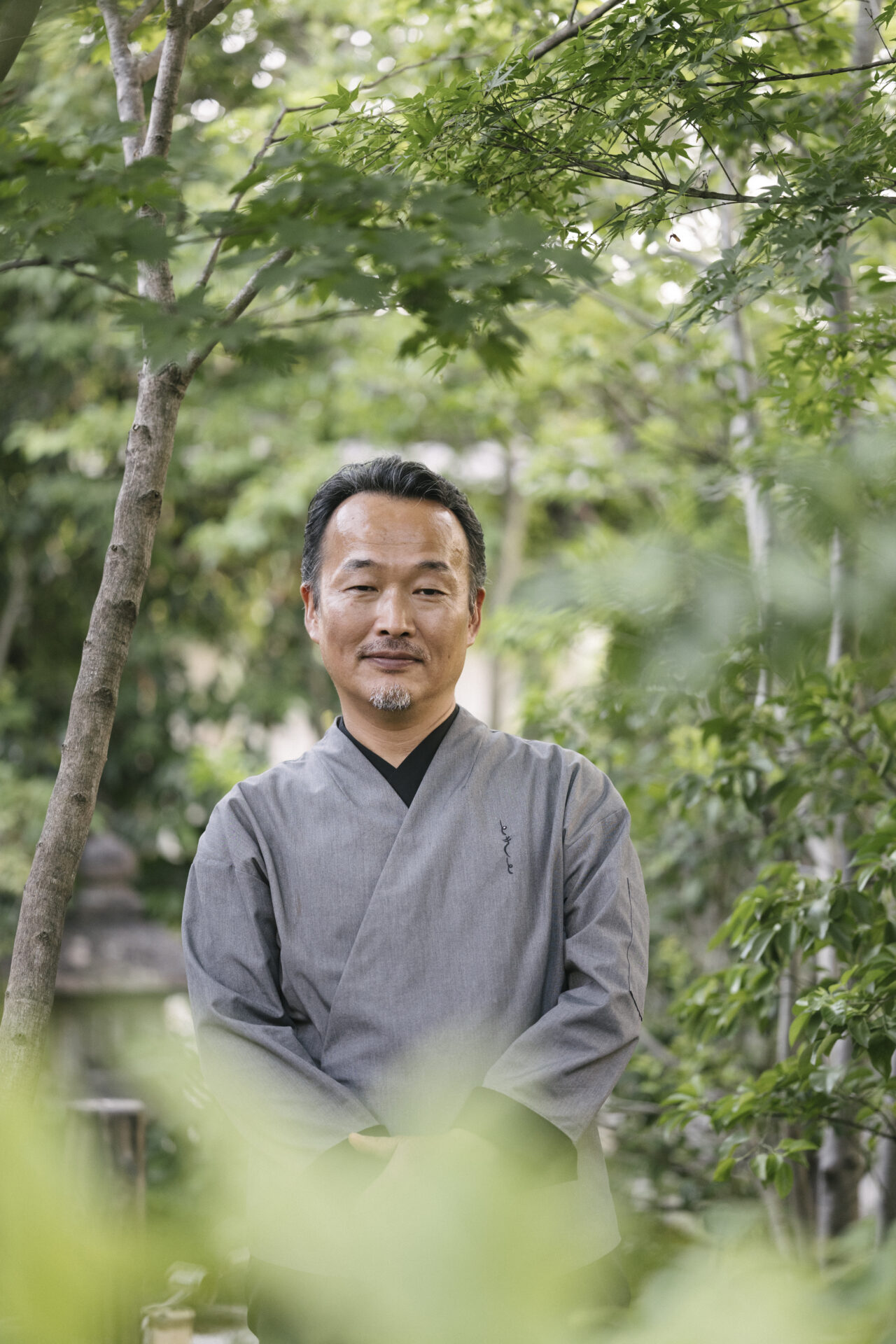
Asakusa Yokozuna Hotel: the themed specialists
If you’re in town for something uniquely Japanese – say, sumo wrestling – you’ll be glad to know there’s a themed hotel for that. Converted from the former Kokonoe Sumo Stable where for decades sumo wrestlers lived and trained every day, Asakusa Yokozuna Hotel opened its doors in December 2019 to much fanfare.
Ryogoku, the spiritual heart of sumo in Japan, is a quick train journey or 15-minute taxi ride from the hotel. For sumo fans, the best time to be in Tokyo is during the months of January, May and September when “sumo season” heats up. You might find yourself rubbing shoulders with apprentice sumo wrestlers on the subway as they travel to the tournament in Ryogoku Kokugikan Sumo Hall.
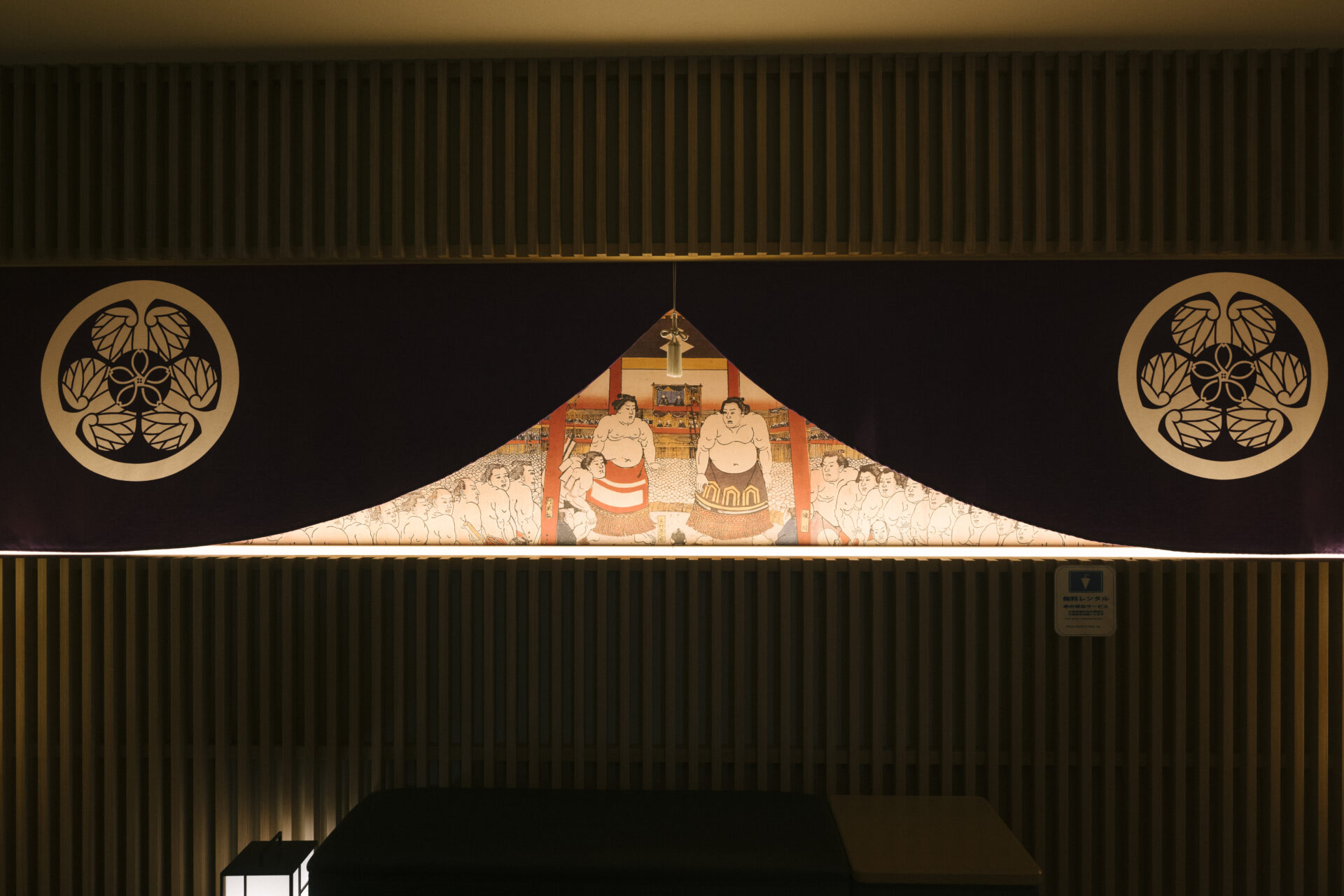 The country’s national sport can seem inaccessible, especially to tourists. Tickets (especially the better seats close to the ring) can be almost impossible to source and the etiquette for viewing morning training sessions hard to fathom. However, Asakusa Yokozuna Hotel’s head of marketing, Masaki Murata, says that change is on the way and soon hotel guests will be able to purchase a range of authentic sumo packages.
The country’s national sport can seem inaccessible, especially to tourists. Tickets (especially the better seats close to the ring) can be almost impossible to source and the etiquette for viewing morning training sessions hard to fathom. However, Asakusa Yokozuna Hotel’s head of marketing, Masaki Murata, says that change is on the way and soon hotel guests will be able to purchase a range of authentic sumo packages.
“As well as increasing the number of official goods on offer in the rooms, we are working with the Sumo Association to create optional tours and packages,” says Murata. “One idea in the pipeline is to include a masu-seki ticket plan (one of the best tickets in a sumo arena) for guests. The other is to collaborate with a local sumo stable to offer guests exclusive morning practice viewings followed by lunch with the wrestlers.” Presumably your plate will be a smaller portion. en.stay-sakura.com/yokozuna
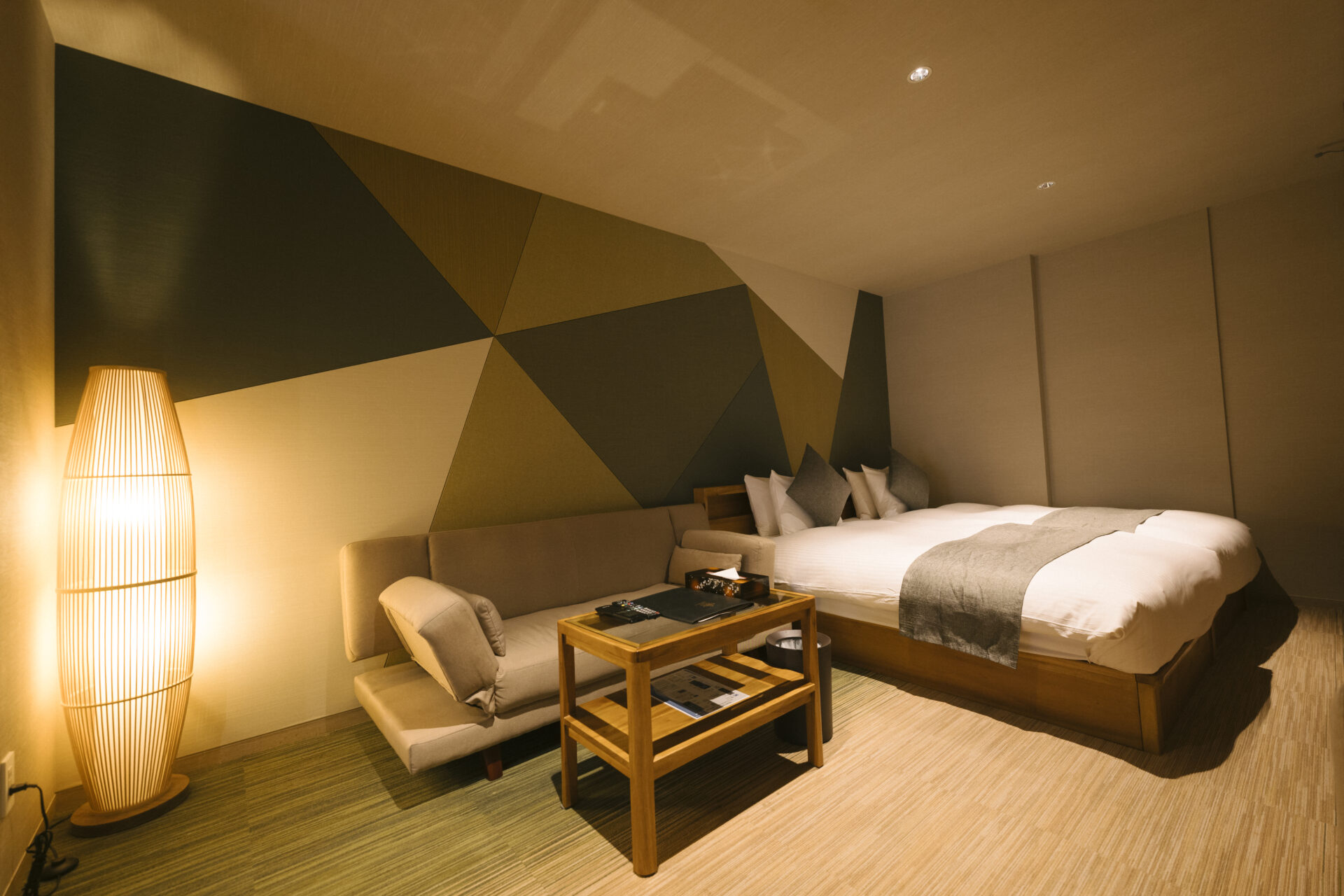
Photographs by Irwin Wong and The Okura, Auberge Tokito and Asakusa Yokozuna Hotel

